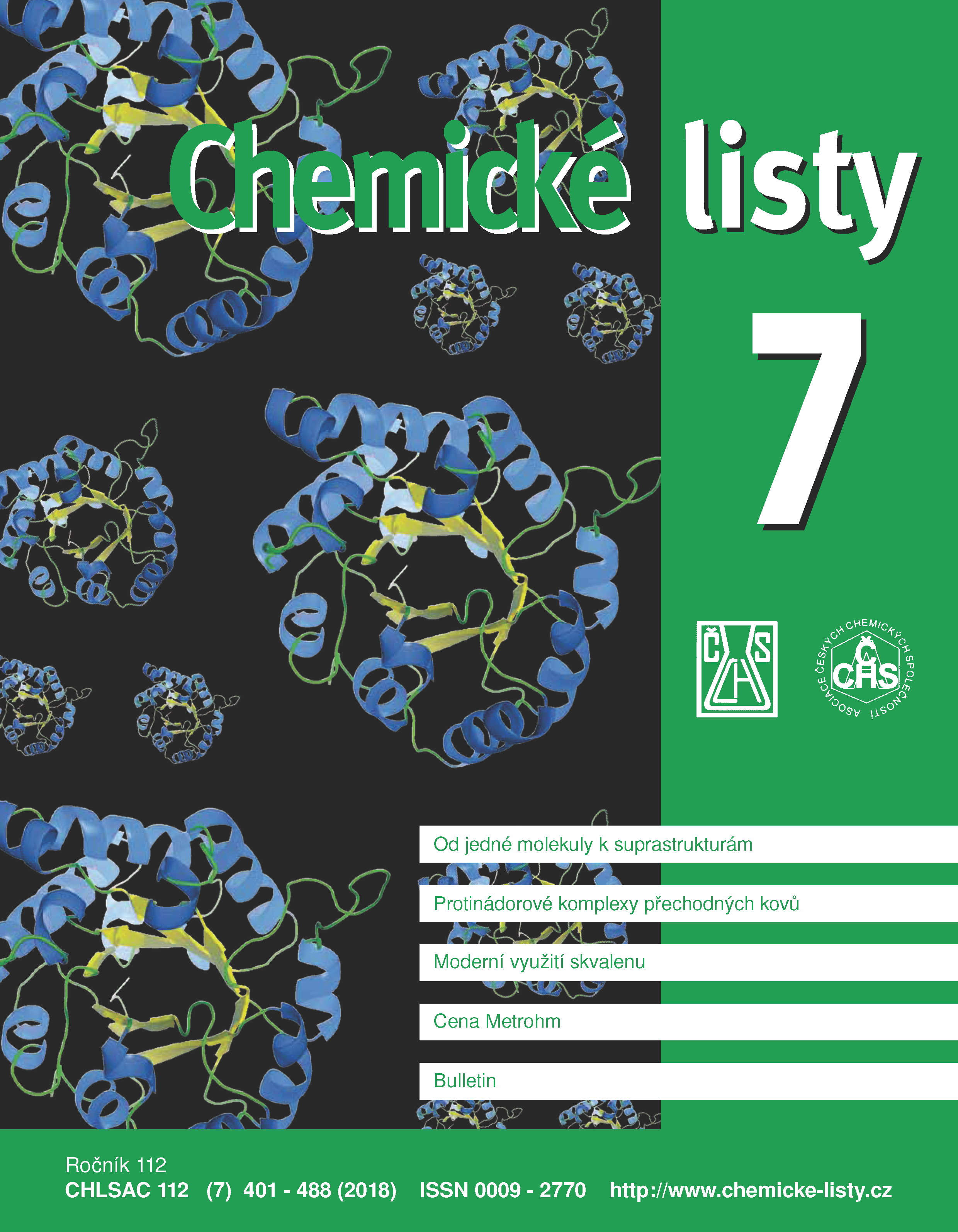Methods of Enzymes Immobilization and Their Use for Optical (Colorimetric) Detection of Cholinesterase Inhibitors
Keywords:
enzyme immobilization, detectors, cholinesterase, cholinesterase inhibitorsAbstract
The enzyme immobilization is a very important process providing an attachment of the enzyme to a certain type of the carrier. This allows to maintain the enzyme activity during the storage and it also simplifies the detection procedure. When designing a new detector based on the enzymatic reaction, the proper immobilization method must be chosen depending on the advantages and disadvantages of the available methods of immobilization. Examples of immobilization method for colorimetric detection include, e.g., adsorption to the insoluble carrier, covalent bonding, attachment to ion exchangers, incorporation into gels and foams, immobilization in the form of cross-linked aggregates or nanostructures or with the utilization of antibodies.





